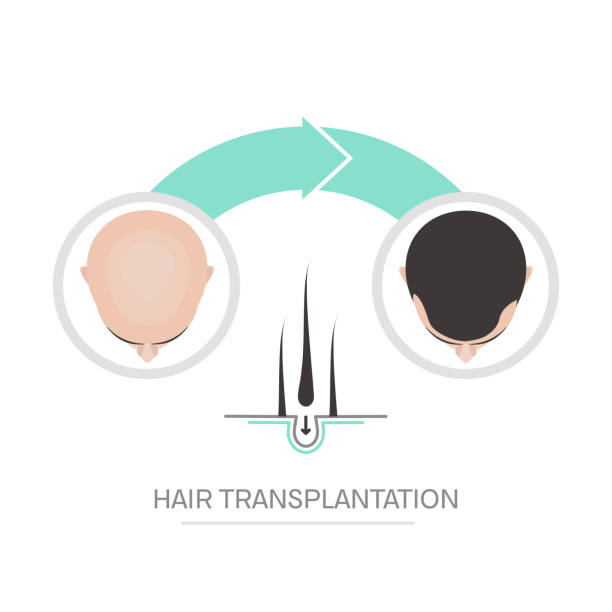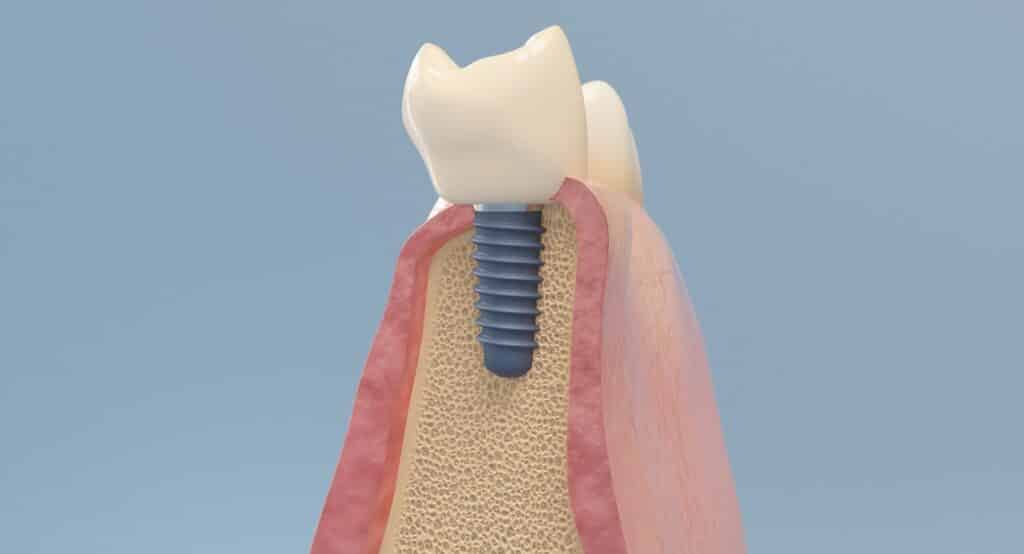Based on the type of material
Pure titanium and titanium alloys: Commercially pure titanium(CpTi) was the material of choice due to its high biocompatibility and resistance to corrosion. CpTi is available in Grades I to IV; however, titanium alloys such as Ti-6Al-4 V have been used to improve the mechanical properties. Several alloys with Ti, such as Ti-Au, Ti-In, Ti-Sn, Ti-Pb, Ti-Cu, and Ti-Nb, have Been tested. A Ti-Zr alloy (Titanium 83–87% and Zirconium 13–17%) is presently very popular as it has mechanical properties superior to those of the previously used alloys and high corrosion resistance.
Zirconia implants: These implants are made from the oxide form of Zirconia (ZnO2) and are “ceramic” implants with high biocompatibility and the ability to osseointegrate. In addition to the high mechanical properties, The expert introduced them, especially for esthetic areas and patients who may be potentially allergic to titanium. The drawback of these implants is that most designs are one-piece, and only a few systems have two-piece implants. The idea of zirconia implants seems to be potential; however, no long-term evidence for its success exists at this time.
Based on the shape
Screw-type implants: Threads in screw-type implants increase the surface area for osseointegration. Cables help in stabilization by improving bone to implant contact and stress distribution. There are several differences in thread shape, thickness, pitch, thread-face angle, etc., based on the manufacturers. These are the most widely used and documented form of implants.
Cylindrical and tapered implants:Based on the shape of the implant body, implants are considered cylindrical (with parallel walls) or tapered. When the endosseous part of a cylindrical implant narrows in diameter toward the apex, an implant is considered tapered. The taper can only be in the cervical, middle, or apical parts or continuously taper from the cervical to the apex. Tapered implants were introduced to improve initial stability in less dense bone.
Platform switch implants:When a smaller-diameter abutment is used on a larger-diameter implant collar, the implant-abutment junction shifts inward toward the central axis of the implant. This is a significant factor in limiting crestal bone resorption, especially in esthetic sites.
Bone-level and tissue-level implants: Tissue-level implants have a butt joint transition from the smooth collar to the rough portion, and this transition zone is placed almost level with the bony crest. This design is generally used for non-submerged healing; the implant-abutment micro gap is away from the skeletal tissues. Bone-level implants have minimal/no smooth collars and are completely micro rough and inserted almost level with the bone. This is meant for submerged healing, and here, the implant-abutment micro gap is adjacent to the bone crest. A platform switch is used in these implants to limit crystal bone resorption.
The all on 4 dental implants treatment is an excellent option for those who are looking to replace their missing teeth. This treatment is a full arch replacement that uses just four implants to support the new teeth. This treatment is less invasive than other dental implant treatments and can provide you with a new smile in just one day.
If you’re interested in learning more about All on 4 dental implants, join for an ALL-ON-4 seminar. We’ll be discussing everything you need to know about this treatment, and we’ll answer any questions you may have.
Based on the implant surface.
(i) Machined (Brånemark surface): These are the minimally rough implant surfaces made of turned CpTi, which were not further treated. These were used earlier and are also well documented. However, with a need to increase the surface area for bone attachment, especially in less dense bone and to reduce the time for osseointegration, The dentist modified these surfaces. Smooth surfaces had the advantage of reduced attachment of plaque biofilms.
Textured/rough surfaces:The smooth surfaces of the implants were altered to a textured surface to increase the surface area for osseointegration. They were classified as macro-, micro-, and nano-sized topologies based on the scale of roughness Macrotopographic profiles of dental implants had a surface roughness in the range of millimetres to microns. This roughness was directly related to the geometry of the implant, threaded screw, and macroporous surface treatment. Micro rough topographies were in the range of 1 and 10 μm. A profile roughness average of 1–2 μm is optimal for osseointegration.
Different processes altered the surfaces. Additive processes resulted in these popular types—sintered porous surfaces, titanium plasma sprayed, and hydroxyapatite plasma sprayed. Subtractive processes also created a rough texture: sandblasting, acid etching, and laser alteration. Uneven surfaces were demonstrated to have a better bone-to-implant contact, which resulted in better osseointegration. Over the years, nanotopographies have been explored. Compaction of nanoparticles (such as titanium dioxide), molecular self-assembly method, and acid/alkali treatments or peroxidation for nanoparticle deposition have been advocated to increase nanoroughness.



